A Review of Online Patient Literature Related to Oesophageal Surgery – The Need for Greater Readability, Accreditation and Higher Quality
ABSTRACT NUMBER: FEGGETTER MEDAL FOR SENIOR TRAINEES (ST3+)_6
AUTHOR
Aya Musbahi
MAIN ABSTRACT TEXT
Introduction
No studies have attempted to synthesise all the available surgery related research on robotic surgery in the last twenty years using bibliometrics in a detailed way. The aim of this study is to do a bibliometric analysis of the last twenty years of published literature on robotic surgery.
Methods
A comprehensive search of the literature was completed from the ‘Web of Science Core Collection’. Keywords included ‘robotic surgery’‘robotic assisted surgery’ and ‘robotic-assisted surgery’ from between 2001-2021. Articles in all languages were included. Sources were analysed according to author, country and source specific metrics including Bradford’s law, H index, M index, G index and keyword analysis.
Results
3839 documents were analysed 879 different sources. The mean Collaboration Index as 3.58. The top 20 authors had a h index of at least 5 with a median(IQR) of 9.5 (398), and the number of total citations ranged from 71-1342, with a median (IQR) of 341.5(5.75). The median(IQR) g index was 15 (3.5) and scores ranged from 7-26. 12 of the top 50 keywords were based on gynaecological and urological specific techniques, showing their respective dominance in the field. Only 2.39% (n=21) sources were in Zone 1 “the core of the literature”, 1.33% (n=117), 33.3% (n=7) of the sources in Zone 1 were related to the field of urology. The USA had the highest number of articles (n=1745), followed by China (n=275) but their MCP ratios were low.
Conclusion
Robotic research is still in it’s infancy but needs is starting to grow beyond urological and gynaecological domains to expand into other fields. Further collaboration and work in the field is needed.
